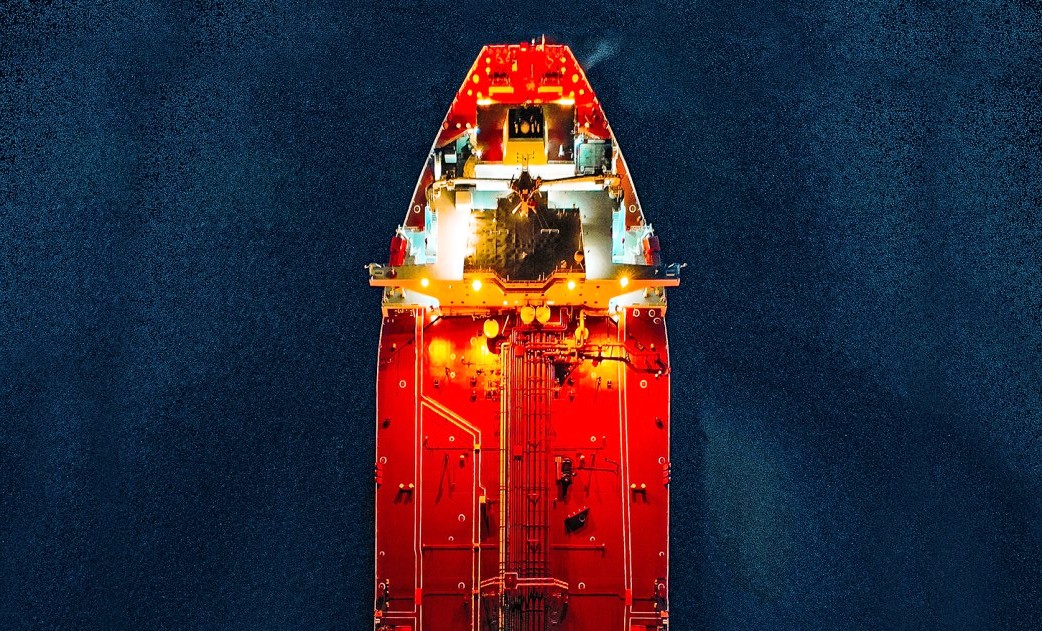
Ammonia “promises” a lot as a future marine fuel according to a note from Gibson entitled “Ammonia – New Kid in the Engine Block”. However, the relevant research efforts also record “problems” that need to be overcome.
As the shipping industry looks for new zero-emission fuels, ammonia along with hydrogen and methanol are at the heart of the research, Gibson said. According to the note, ammonia is a colorless fuel that does not emit carbon dioxide when burned.
It can be made using renewable energy sources, while it can be used from fuel cells and internal combustion engines
Unlike hydrogen, ammonia does not need to be stored in high pressure or cryogenic tanks. It also has about 10 times the energy density of lithium ion batteries. Thus, as a zero-emission fuel, ammonia is very promising. Although there is currently no ship running on this fuel, there are a number of engine manufacturers that are developing suitable engines.
However, there are some concerns that engineers need to overcome. First ammonia is a dangerous product, it is also corrosive and when burned at high temperatures it can produce nitrogen dioxide, which contributes to smog and acid rain. It also produces nitrous oxide, a greenhouse gas more powerful than carbon dioxide and methane.
The above are known “defects” of ammonia that affect the progress of ship design.
Despite these well-known concerns, there is still a strong interest in making ammonia a fuel for the shipping industry, and the economy at large.
In any case, there is a large number of studies and programs in progress, examining various aspects of ammonia production and the supply chain.
Among these studies and the programs that are in progress is the Research Project “Scaling up and demonstration of a multi-MW Fuel Cell system for shipping (ShipFC)”.
It started in January 2020 and will last 6 years. EU funding amounts to 10M euros but the total cost of the program will reach 21.5m euros.
The remaining money will be covered by the Norwegian government and the industrial partners.
The consortium running the project includes Maritime Cleantech (coordinator), Wartsila Norway AS, Fraunhofer, Prototech, NCSR “Demokritos”, Persee, North Sea Shipping AS, Capital-Executive Ship Management Corp , Starbulk Shipmanagement Co., Yara International ASA, Sustainable Energy AS, Equinor Energy AS and of course the Maritime Safety Research Center (MSRC) of the University of Strathclyde in Glasgow.
Also the first orders for shipbuilding that will be able to use ammonia are being placed by shipping companies,
Among them is Avin International of the Vardinogiannis Group, which was the first shipping company to place an order at a Chinese shipyard earlier this year for the construction of a tanker that can also use ammonia as fuel.
New Times Shipbuilding is building a suezmax 156,500 dwt tanker based on a US-approved ABS design that will allow the ship to use ammonia or liquefied natural gas (LNG) as additional fuel with the help of additional modifications.
The ship is expected to burn conventional fuel when it is delivered in 2022, but Avin will have the flexibility to decide which low-carbon fuel it can use.
Also, Capital Maritime & Trading, of the Family of Vangelis Marinakis, placed an order at the Hyundai Mipo Dockyard (HMD) shipyards for the construction of four tankers that will utilize alternative energy sources, (alternative maritime power-AMP) such as electricity while they can use liquefied natural gas (LNG) as fuel, as well as ammonia and in addition they will have a propulsion system using wind energy (LNG, ammonia and rotor sail ready).
Latest News

Greece Reacts Sternly to Turkish Decision to Open UNESCO Site Chora Church as a Muslim Mosque
"The decision of the Turkish authorities to start the operation of the Monastery of Chora as a Muslim Mosque constitutes a provocation to the international community", the Greek Foreign Ministry stated
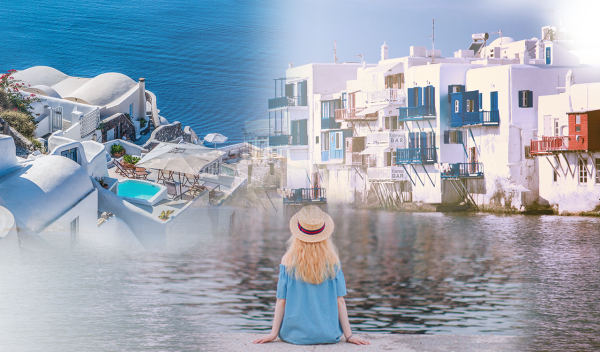
DW: Greece Prepares for the 2024 Tourist Season Amid Climate Change Challenges
The Greek state has adopted measures to alleviate the impact of climate change

Greco-French Relations on Ice: Exploring the Chill between Mitsotakis and Macron
Macron allegedly sought increased military support for Ukraine, including weaponry and Western troop deployment for training in Western Ukraine, a request declined by Mitsotakis

Greece Secures Stable Tourism Flows at 30 Million Arrivals
However, despite this year’s bookings projected to rise slightly compared to last year, Yiannis Hatzis, President of the Panhellenic Federation of Hoteliers, stresses the importance of strategic planning

The 12 Tourist Traps to Avoid in the Greek Islands
Visit less popular islands for cheaper prices and fewer crowds

German Min. Lemke: «Climate crisis poses immediate threat to our health; well-being»
Europe recorded more days of “extreme heat stress” (with the ‘feels like’ temperature exceeding 46 degrees Celsius) than ever before

OECD: Major Spike in FDIs in Greece over 2021-23 Period
The international organization calculates an average of 6.7 billion USD in Greece over the 2021-2023 period, up from 4.15 billion USD in 2017-2019

How TikTok Lost the War in Washington
Combination of coordinated efforts by its critics and missteps by the company led to the law forcing a sale or ban of the popular app

Greece in the Top European Destinations for Aussies in 2024
This year 16% of surveyed Australians are planning a trip to Greece

Developing the Blue Carbon Economy in Greece
Can Greece make money by protecting its marine environment?






























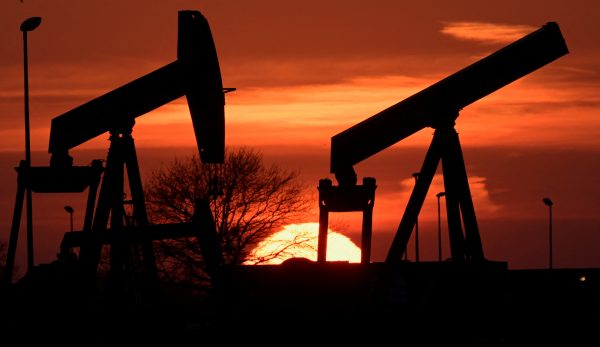



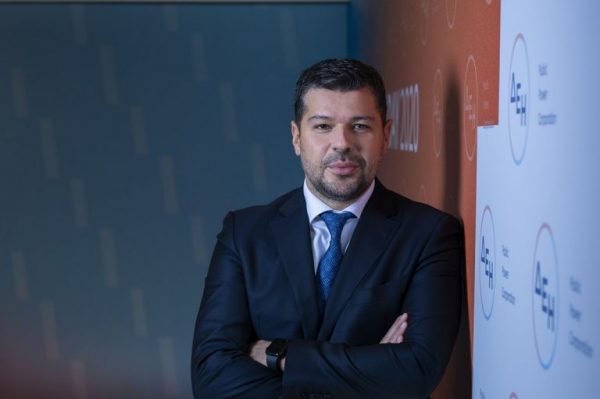

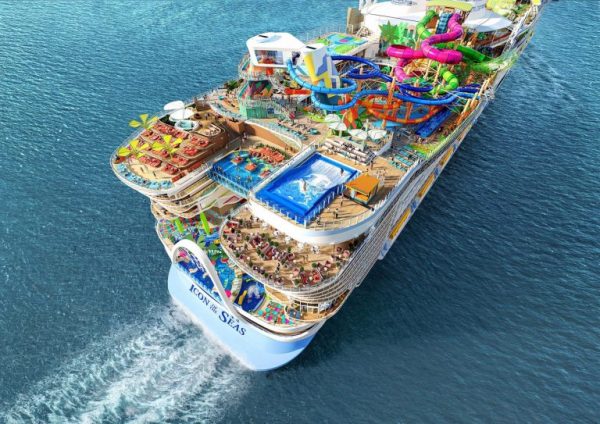
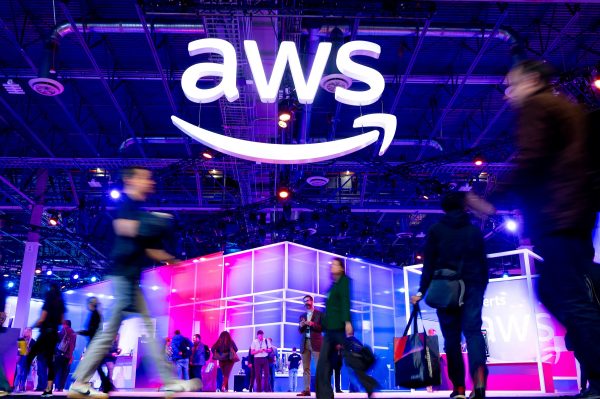



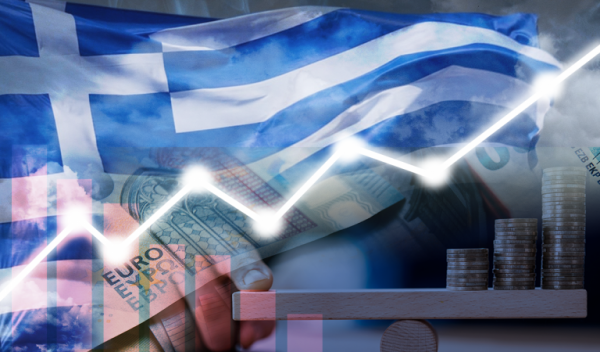

 Αριθμός Πιστοποίησης Μ.Η.Τ.232433
Αριθμός Πιστοποίησης Μ.Η.Τ.232433